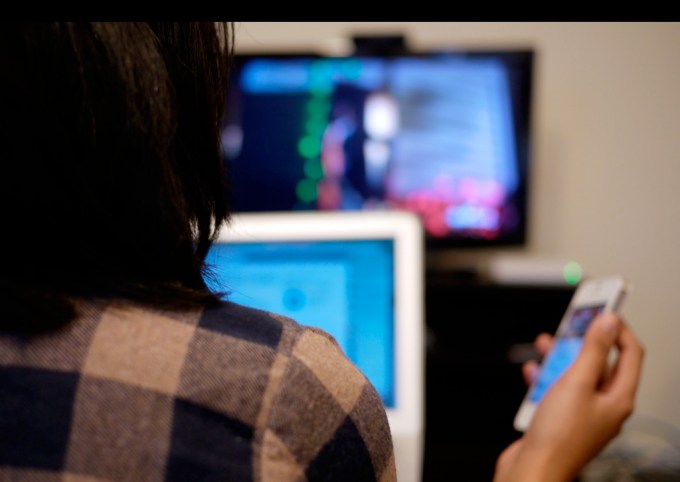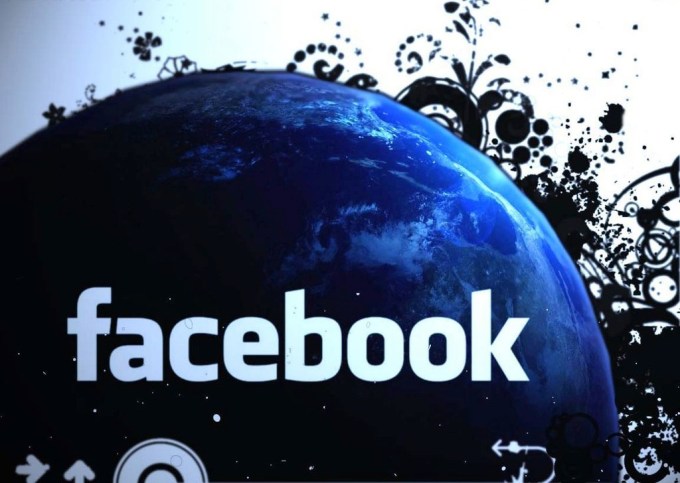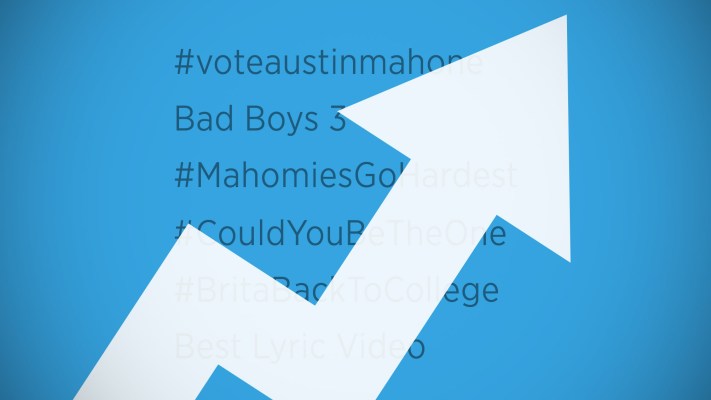As the situation worsened for a fifth night in the St. Louis suburb of Ferguson, Missouri, where protestors were met with rubber bullets and tear gas, journalists were arrested, and many were asking how something like this could happen in America, a number of people following the events in real-time on social networks like Facebook and Twitter had a few questions of their own.
For starters, why wasn’t Twitter displaying the #Ferguson hashtag as a Twitter trend, when a glance at the number of tweets pouring in seemed to qualify it for “trending” status? And why wasn’t “Ferguson” ranked at the top of Facebook’s “Trends” section, when surely it was what everyone was talking about?
The answers, as it turns out, are nuanced and many. There are a million reasons why a single person using social media to follow the news out of Ferguson wouldn’t have seen a Ferguson hashtag or trend. But simply put, the answer is that social media networks use algorithms, not real live human editors.
While #Ferguson was by all means trending in some places, for some people on Twitter last night (in fact, it continues to trend today for me as this post is written), not everyone who uses Twitter in the U.S. would have seen the hashtag appear in their own trends section.
That’s because Twitter trends are determined not by the total volume of tweets, but the acceleration of those tweets. A trend is a reflection of that acceleration, relative to the acceleration of other tweets about other subjects.
Twitter’s Trends are also subject to the whims of “personalization.”
This is generally a good thing as it means when you log into Twitter, you’ll find things of interest to you, whether that’s what your Twitter friends are talking about right now, or things going on in your own city.
#mediablackout blackout but not #Ferguson showing up in my trends pic.twitter.com/lDTHFdrYeY
— Hell is Empty (@Sleestak) August 14, 2014
#Ferguson NOT showing up in the Trends section? BULLSHIT, Twitter (and Facebook).
— Genial Black Man (@trecoolx) August 14, 2014
Tweets about #Ferguson are the only things in my newsfeed, but it’s not showing up in trends. How is that even possible?
— sheryl (@shherryylll) August 14, 2014
It’s hard for me to not understand why Ferguson isn’t even showing up in my Facebook or Twitter trends. Cmon, America. #doyouseewhatisee
— Lisa Jones (@TheJonesesBlog) August 14, 2014
Though personalization is a switch that can be turned on or off, it’s one of those virtual knobs Twitter users may have twisted in the past – perhaps with a click at the suggestion of a website prompt, or maybe following a random trip into their Twitter Settings – then later forgot existed.
Explains Twitter on its website, “trends are determined by an algorithm and, by default, are tailored for you based on who you follow and your location.” The algorithm, which favors recency, identifies topics of immediate popularity, not those that have remained popular for some time.
So people who didn’t see a #Ferguson hashtag may have had nothing but their own network of friends to blame. Or they may have been located somewhere that the hashtag wasn’t accelerating more quickly than the other hashtags that were being displayed to them.
To be clearer: Twitter wouldn’t – and didn’t – actively censor or remove this trend.

The company never comments on trend activity publicly, as doing so could be a full-time job (and then some), but it has always prided itself on being a place where people come to discuss the latest news.
Currently, Twitter’s top-ranking execs, including General Counsel Vijaya Gadde and Head of Public Policy Colin Crowell, are tweeting about #Ferguson. And in the past, Twitter has been the network where a number of notable news stories broke first, from celebrity deaths and royal weddings to the raid that led to Osama Bin Laden’s death, “Arab Spring,” news emerging following the Boston Marathon bombing, natural disasters like earthquakes, and much more.
So Twitter is not censoring the news. However, for some users, it will just feel that way.
Meanwhile, some users on Facebook were having a similar problem: Ferguson wasn’t appearing in Facebook’s trends or was ranked lower in the list than they thought appropriate – often below more frivolous fare like the band “Death Cab for Cutie” losing its guitarist, or something about a new Muppets video.
Again, the problem on Facebook is one of personalization. Facebook’s Trends section – the social media giant’s response to Twitter – offers a personalized list that’s based on what they “Like” and who they’re connected to, in addition to what’s trending overall on Facebook.
In other words, if Ferguson was missing for you…well, pick better friends?

Of course, when some social media users log in and see a “missing” trend, they’re quick to make the assumption that Twitter or Facebook itself is to blame. One could argue, maybe, they are because of their reliance on algorithms over human-driven editorial, especially at times when social media serves as one of the only ways news gets out.
After all, in Ferguson, reporters on the scene were being man-handled, handcuffed, then released with no explanations by area police.
And maybe, just maybe, the computers can’t do a good enough job of figuring out what news events you want to see.
This, we have to understand, is how social media works.
We’ve turned ourselves over to services that learn our interests from our clicks, our friends, our networks, our location.
In the end, neither Twitter nor Facebook, is really to blame. In the most literal sense of the phrase, we are.
